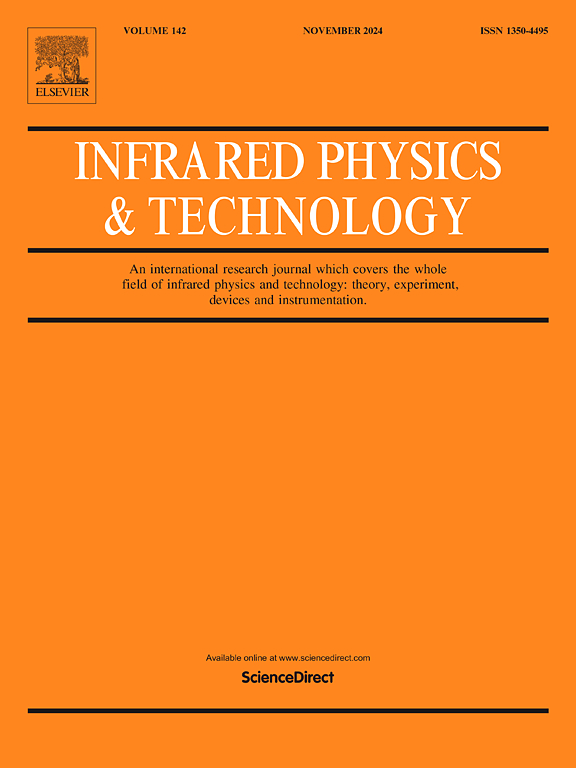Performance comparison of initialization representations for functional data analysis based hyperspectral image classification
IF 3.1
3区 物理与天体物理
Q2 INSTRUMENTS & INSTRUMENTATION
引用次数: 0
Abstract
In functional data analysis (FDA) based hyperspectral image (HSI) classification, the optimizing initialization representations of high dimension spectral vectors for individual pixels in the HSI is crucial for obtaining the high-precision classification results. In FDA, basis functions are commonly used to represent a given function as its initialization representations in terms of root mean square error (RMSE) scheme. Unfortunately, RMSE based basis function fittings for initialization representations of HSI spectral vector seems not be optimal from HSI classification perspective. As a result, this study compares five types of basis functions to obtain the optimal initialization representations from a classification perspective and explores their essential characteristics. The research results suggest that the basis functions can in nature express low-frequency and high-frequency features, where the low-frequency features are more clustering properties and these features are more useful for HSI classification. The Gaussian function, in particular, attenuates high-frequency features while amplifying low-frequency features, promoting intra-class aggregatability and inter-class separability. Thus, despite yielding relatively higher RMSE compared to the classical FDA approach, it achieves better classification accuracy. Consequently, RMSE should not be the sole criterion for evaluating the optimal initialization representations in HSI classification. Additionally, this study introduces regularized basis weighted local least squares penalty (RBWLP) strategy that better handles non-stationary HSI data, contributing to the further extension of FDA methods in the context of HSI.
求助全文
约1分钟内获得全文
求助全文
来源期刊
CiteScore
5.70
自引率
12.10%
发文量
400
审稿时长
67 days
期刊介绍:
The Journal covers the entire field of infrared physics and technology: theory, experiment, application, devices and instrumentation. Infrared'' is defined as covering the near, mid and far infrared (terahertz) regions from 0.75um (750nm) to 1mm (300GHz.) Submissions in the 300GHz to 100GHz region may be accepted at the editors discretion if their content is relevant to shorter wavelengths. Submissions must be primarily concerned with and directly relevant to this spectral region.
Its core topics can be summarized as the generation, propagation and detection, of infrared radiation; the associated optics, materials and devices; and its use in all fields of science, industry, engineering and medicine.
Infrared techniques occur in many different fields, notably spectroscopy and interferometry; material characterization and processing; atmospheric physics, astronomy and space research. Scientific aspects include lasers, quantum optics, quantum electronics, image processing and semiconductor physics. Some important applications are medical diagnostics and treatment, industrial inspection and environmental monitoring.

 求助内容:
求助内容: 应助结果提醒方式:
应助结果提醒方式:


